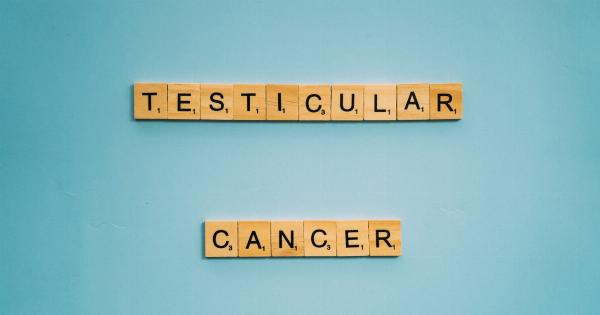Testicular tumors are relatively rare but can have severe consequences for men’s health. These tumors, which can be benign or malignant, arise from the cells within the testicles.
It is crucial to understand the various factors that may contribute to the development of testicular tumors, as this knowledge can potentially aid in prevention and early detection. One aspect that researchers have explored is the potential link between cryptorchidism, commonly known as undescended testicles, and testicular tumors.
What is Cryptorchidism?
Cryptorchidism is a condition characterized by the failure of one or both testicles to descend into the scrotum during fetal development. Instead, the undescended testicle(s) remain within the abdominal cavity or inguinal canal.
Cryptorchidism is relatively common among newborns, with an estimated 3% of full-term male infants being affected. In most cases, the condition spontaneously resolves within the first year of life. However, if the testicles do not descend by the age of one, medical intervention such as surgery may be required.
The Potential Link with Testicular Tumors
Researchers have long been intrigued by the potential association between cryptorchidism and the development of testicular tumors later in life.
Several studies have investigated this link, aiming to determine whether men with a history of cryptorchidism face a higher risk of developing testicular tumors compared to those with fully descended testicles.
A comprehensive meta-analysis conducted by experts in the field reviewed the findings of numerous studies and provided valuable insights into this correlation.
The analysis revealed that men with a history of cryptorchidism face a significantly higher risk of developing testicular tumors compared to those with normally descended testicles. The risk appears to be especially elevated among individuals who suffered from bilateral cryptorchidism, where both testicles are affected.
Potential Mechanisms Behind the Association
The exact mechanisms by which cryptorchidism increases the risk of testicular tumors are not yet fully understood. However, researchers have proposed several potential explanations:.
Hormonal Disruption:
Undescended testicles may disrupt the normal hormonal environment within the developing testicles, leading to abnormalities in cell growth and division, potentially increasing the risk of tumor formation.
Testicular Dysgenesis Syndrome:
Cryptorchidism is sometimes considered one component of a broader condition called Testicular Dysgenesis Syndrome (TDS). TDS is associated with an increased risk of male infertility and testicular tumors.
Researchers believe that endocrine disruptors, genetic factors, or a combination of both may contribute to the development of TDS and its associated conditions.
Anatomical Vulnerability:
Undescended testicles are more vulnerable to external factors such as trauma or torsion, which may further increase the risk of tumor formation.
Preventive Measures and Early Detection
While the association between cryptorchidism and testicular tumors is concerning, it is important to note that not all individuals with undescended testicles will develop tumors.
Nonetheless, those with a history of cryptorchidism should be vigilant and take appropriate preventive measures. This includes regular testicular self-exams to check for any abnormal lumps or growths and scheduling routine check-ups with a healthcare professional.
Early detection is crucial for effective treatment of testicular tumors. If any abnormalities or concerns are detected during self-exams or routine check-ups, medical attention should be sought promptly.
Healthcare professionals can perform further diagnostic tests such as ultrasound imaging, blood tests, or biopsies to determine the nature of any suspicious findings.
Conclusion
The association between cryptorchidism and an increased risk of testicular tumors highlights the need for ongoing research and awareness in the field of male reproductive health.
By understanding the potential link between undescended testicles and testicular tumors, healthcare professionals can appropriately counsel and monitor individuals at higher risk. Continued efforts in education, early detection, and preventive measures can potentially contribute to a reduction in the incidence and impact of testicular tumors.





























